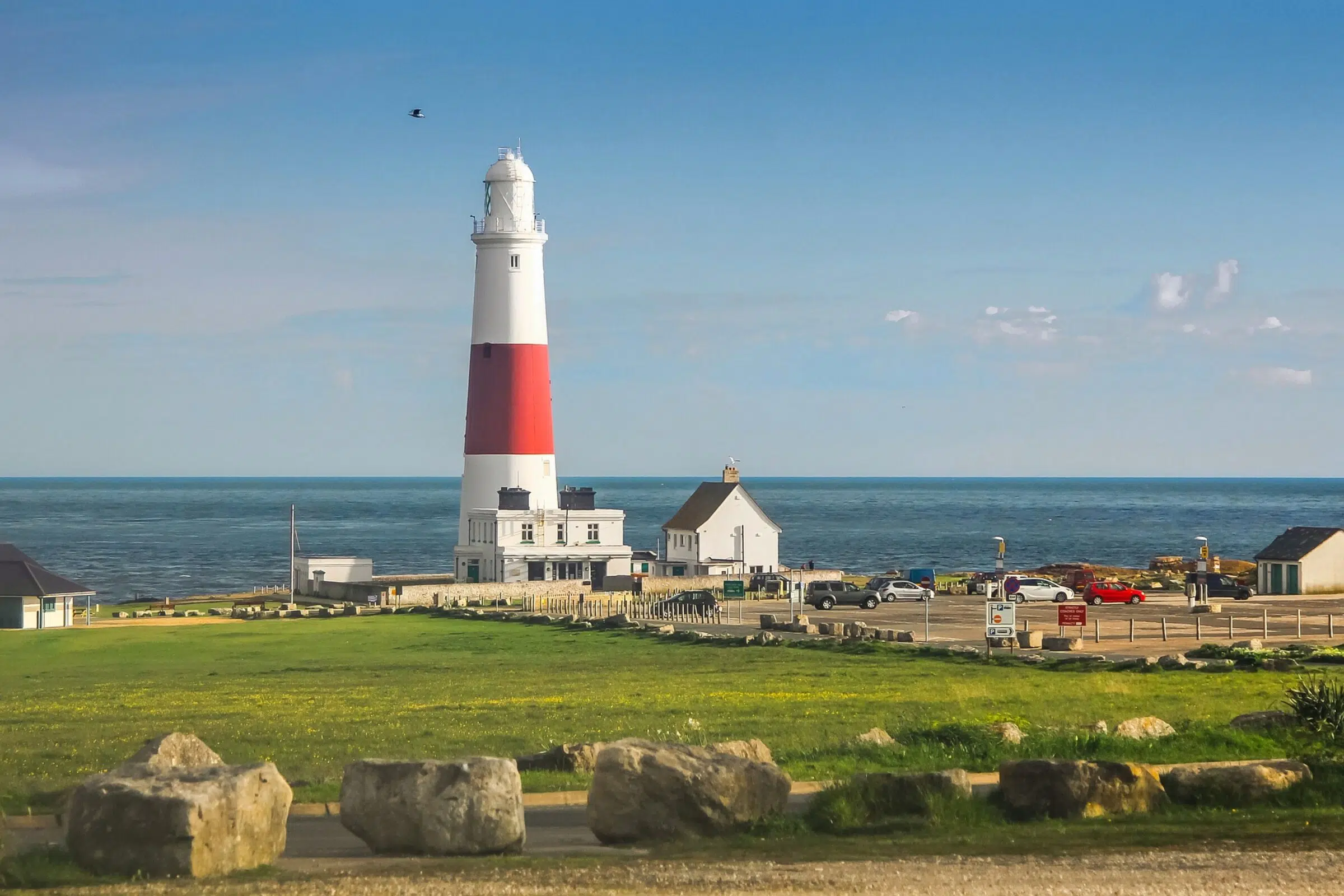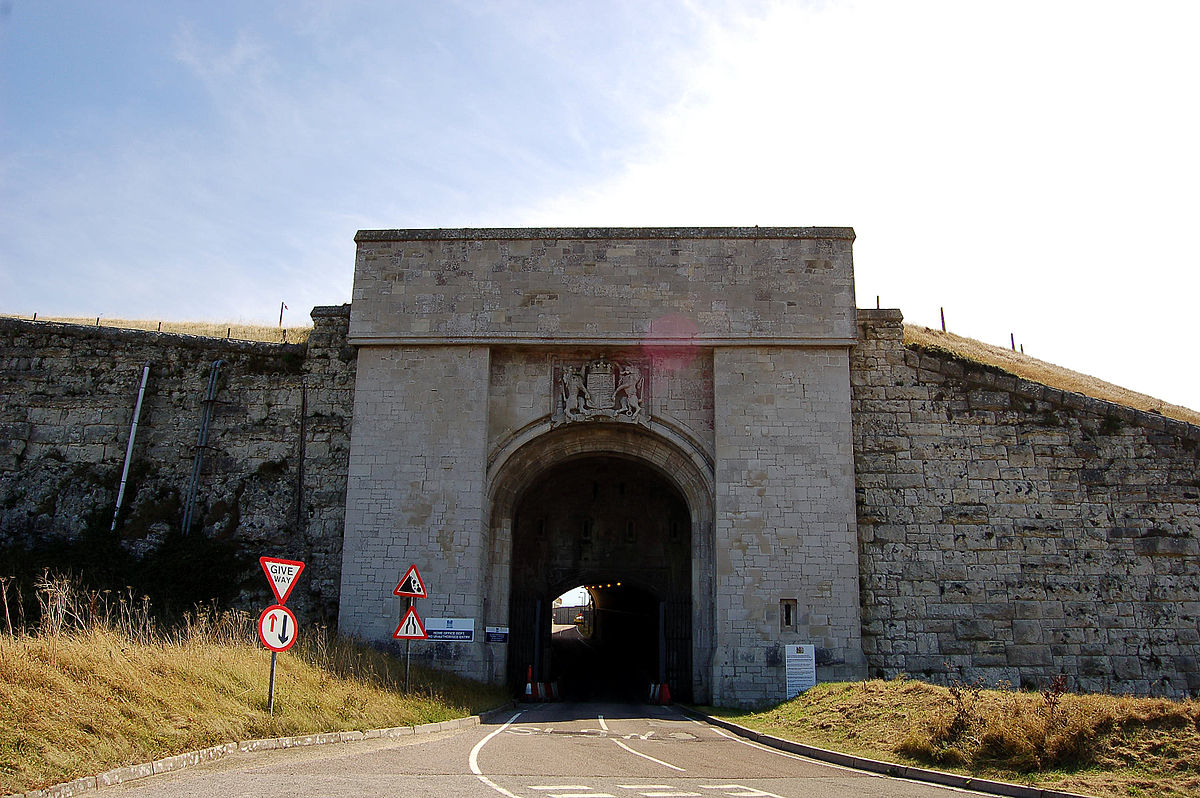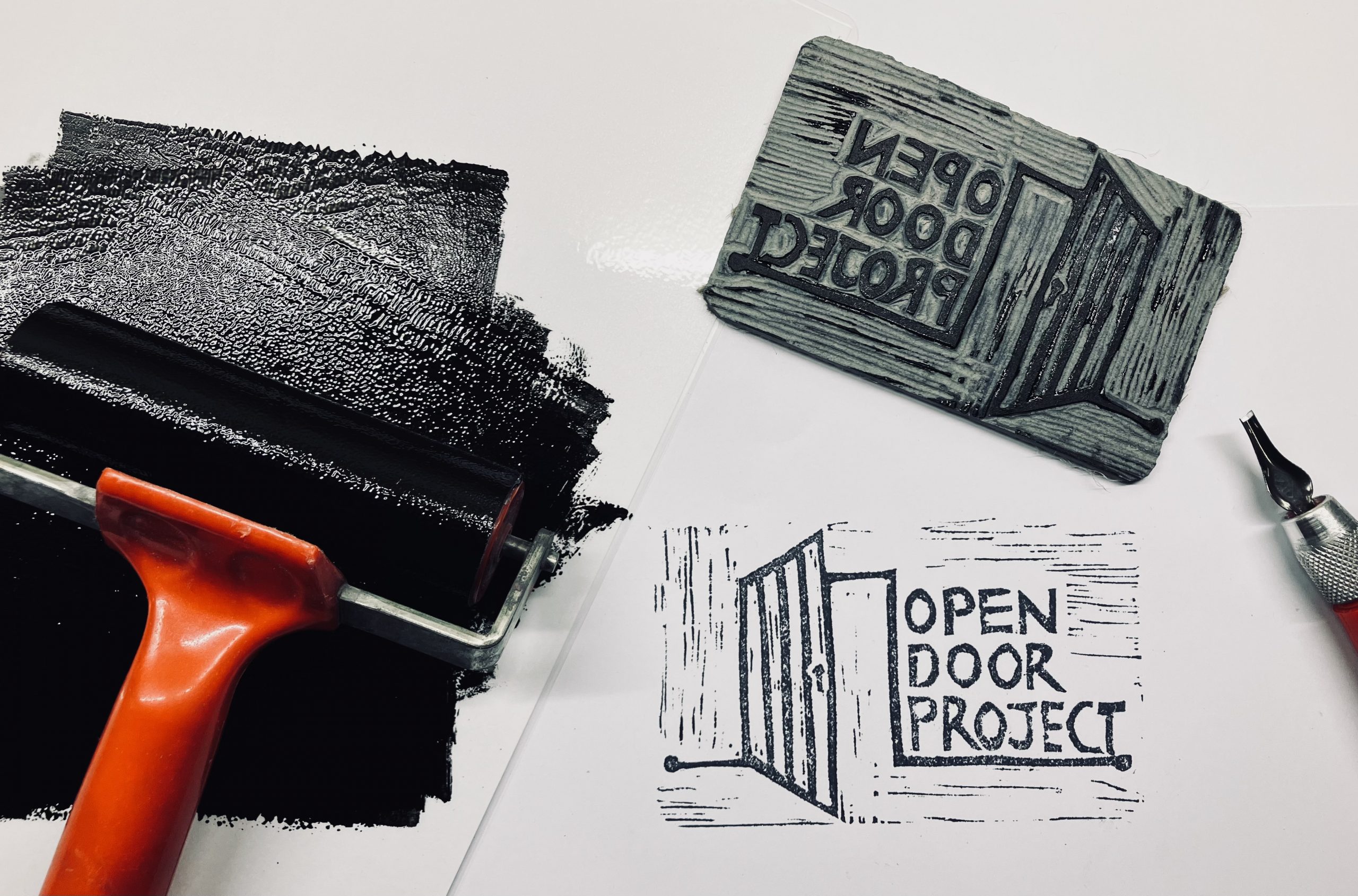Prison
Education
Dorset Fingerpost Refurbishment Project at HMP Portland
Here in Dorset we are incredibly fortunate to live in a beautiful part of the country with such a variety and wealth of natural features as well as interesting man-made structures. Both contribute to the decidedly unique appearance of Dorset’s landscape and rural heritage. Fingerposts are one of Dorset’s rather quaint relics from the past, which have developed into being iconic symbols of the county in the present. These fingerposts, along with narrow lanes, overgrown hedges, beautiful flower-filled verges, bridges with distinctive signs and redundant red telephone boxes, all contribute to Dorset’s unique charm and character.
The fingerposts are a legacy of the initial road system. They were widely used during the reign of the turnpike roads when turnpike trusts were encouraged to label every mile to help stagecoach drivers keep to their schedules. Later, in 1773, the General Turnpike Act made it obligatory for trustees to put up signs informing the traveller of the distance to the nearest town. Later again, as a result of the 1903/4 Motor Car Act, responsibility for the provision of fingerposts was given to individual local authorities. Posts were therefore designed and erected by local authorities throughout the land. The Ministry of Transport recommended a design but it was left up to individual councils to make the final decision, which meant that there was a wide variety of local styles. Dorset created its own distinctive and unique finger post design, which add to the local character of a place, but are now, in certain places, in danger of being lost, forever.
Unfortunately our Dorset Fingerposts are in decline. Many have been repaired over recent years using non-traditional materials or lettering, replaced using ill-considered new versions. Many are currently in need of some tender loving care and unfortunately some have already been lost.
The collaboration between Weston College, HMP/YOI Portland and local organisation Dorset Areas of Outstanding Natural Beauty will result in many signs being traditionally restored to their former glory, enhancing the unique look to our beautiful towns, villages, and countryside.
Learners in the Painting & Decorating workshop have the opportunity to be involved in this worthwhile project, with the preparation and painting processes mapping over to practical units included in the City & Guilds level 2 Diploma in Painting & Decorating. Additional skills will be gained and a sense of pride and satisfaction will be evident in relation to the completion and re-positioning of refurbished Fingerposts. Fingerposts are collected from all over the county by D.A.O.N.B. and delivered to Portland prison. These signs are usually in a very dilapidated state with many metal letters either broken or missing. The majority of wooden signs are beyond repair and will be replaced with new timber, but refurbishing the original letters will keep with tradition.
All learners are encouraged to partake in all stages of the preparation process, adding new skills to an already growing painting knowledge base. Workshop Peer Mentors will assist in all aspects of preparation and painting. Metal surface preparation tasks are mapped over to unit 215, which is part of the City & Guilds level 2 Diploma in Painting and Decorating.
All metal letters are removed with care, and any missing or broken are logged in order to be replaced. Sets of letters are then placed in labelled sealable bags ready to be issued to a learner for preparation.
The layout of the existing sign is traced onto a tracing paper template to make the job of re-positioning the letters easier, whether it is back onto the existing timber sign or onto a new sign.





